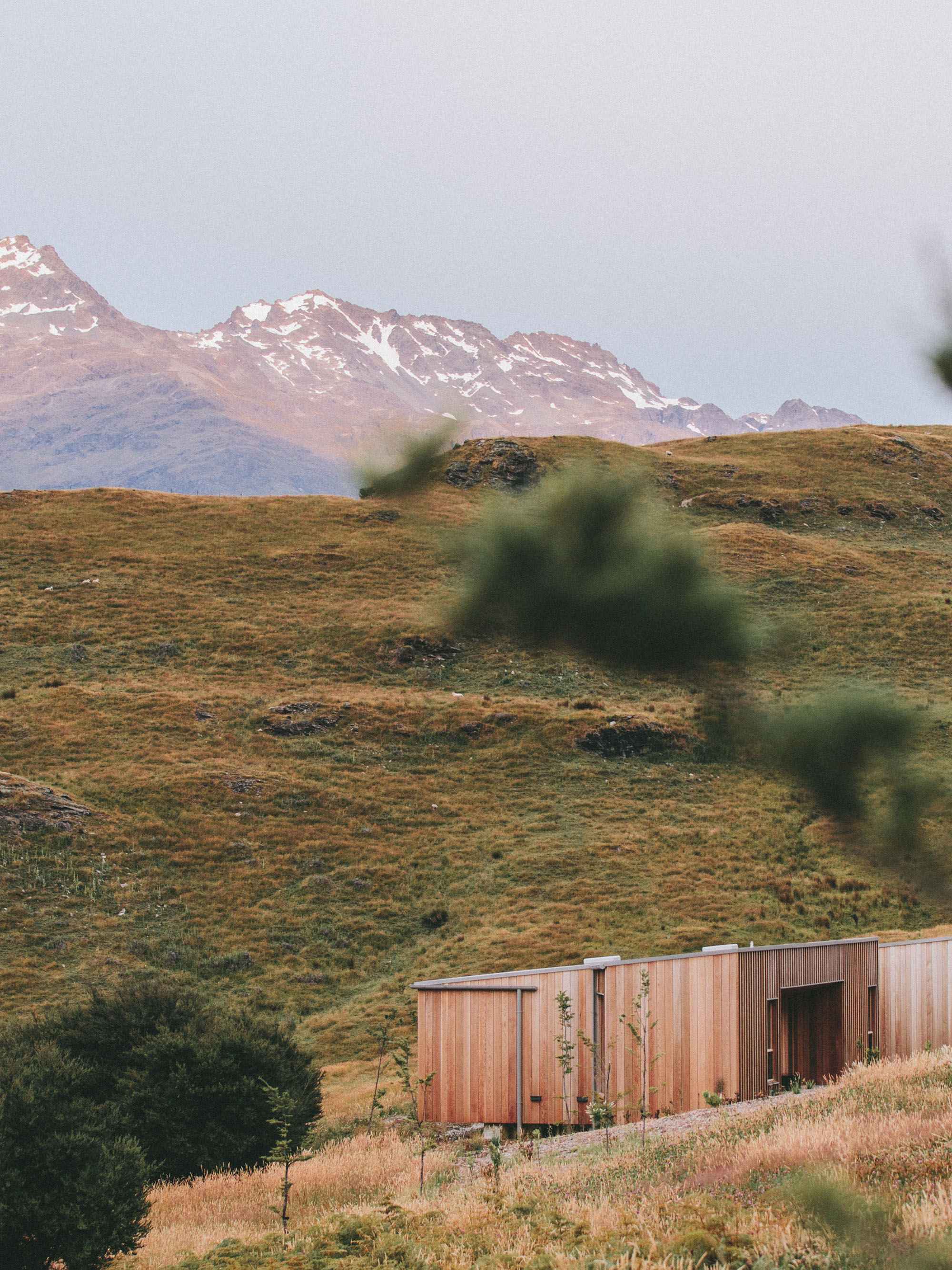Pursuing Change: Setting Effective Resolutions
Self-improvement forms the basis of so many of our behaviours and decisions. As 2016 commences, it’s a common time to reflect on the the year past and decide where we want to make changes in the next 365 days.
Yet despite our best of intentions, our resolutions often go unfulfilled every year. Gym attendance peaks in January, but returns to regular attendance in just a few weeks. We slip back into the bad habits that are so difficult to quit, and find our good habits are tough to maintain. At VINAYA, we believe in pursuing positive, meaningful lifestyle changes and have given lots of thought to the psychology and neuroscience behind sustaining change.
1. Define Your Resolution
The first step to enacting meaningful improvements in life is choosing the right areas of change and fully defining what the change should look like. It is important to be fully invested in the changes you wish to see as a high value pursuit. Humans are more likely to persist in activities they value, whether that means an intrinsic value toward self-concept or a clear reward such as drinking more water to avoid headaches.
We are also more likely to persist in behaviours that achieve immediate or more proximate benefits as opposed to long-term benefits. For instance, a study found that people who exercise to achieve a better daily quality of life were more likely to keep consistently exercising than those who only set this goal to keep up their health or promote healthy ageing. Of course, some goals that have long-term consequences are very worthwhile to pursue. But by breaking these down into more smaller term goals with more proximate rewards, we can see smaller results along the way and upkeep motivation.
Similarly, it can seem appealing to choose an unspecific resolution, such as "I will be a calmer person this year". But since this type of resolutions aren't quantifiable, it is much more difficult to understand whether we have achieved our goal and make a lasting change to our habits. It is much more effective to break this down into resolutions such as "I will practice 20 minutes of mindfulness meditation per day" and "I will write one journal entry per week to help monitor my anxiety".
There is no such thing as bad pursuits, but by breaking a resolution down into action-based components, it can help direct behaviour and allow us to gather an idea of our progress. It is by creating this personal satisfaction through achieving goals that we can promotes the continuance of this change.
2. Consider the Brain's Habit Loop
When we set smaller goals to create change in our lives, our ultimate goal should be to establish a good habit, or break an existing bad habit. In theory, this means we aim to make a changed behaviour automatic and require minimal willpower. As Charles Duhigg eloquently explains in his book The Power of Habit: Why We Do What We Do In Life And Business, we must first reflect and understand our own personal habitual behaviour in terms of the cues and rewards that they elicit for us if we want to make a change.
So what is in a habit? We as humans are creatures of habit. We automatically perform habit-based behaviour based on encountering a certain paired cue. The process of habit-formation helps humans to not need to expend cognitive resources on decision-making and execute an action when a behaviour is repeatedly performed in the presence of a cue. For example, when you step on the bus on your morning commute, you don’t need to decide how to pay the fare on because you automatically reach for your card and scan it without giving it any further thought. Some habits are easier to form than others, but on average, it takes around 66 days, according to researchers at UCL, to establish a habit. Involving a simple cue, such as a time of day or a meal, can make habits easier to create.
Bad habits are behaviours that typically involve a proximate reward but are negative in the long-term. For example, as something makes your stress level increase, or you have a sip of a alcoholic beverage, your brain automatically craves a cigarette. Bad habits can be difficult to change because they do not involve a rational decision to act in a certain way, but rather occur automatically and avoid conscious intervention.
The most significant brain structure involved in habit formation is the basal ganglia, a collection of nuclei structures found in the limbic structure. The striatum, one of these structures, is the key player in habit acquisition and performance. It is believed that the striatum stores sequences of actions that represent and reflect the entire habitual response. This means that any actions from the initiation to the termination of a habit are encoded and chunked together, which enables a flow of continuity to take place during habitual performance.
When trying to break a habit, we should try to identify the cues that elicit behaviour, so that we can either avoid them or, more effectively, replace them with different rewards. While it's not always possible to do so, by pre encounters with cues can help avoid re-engaging with a bad habit. Pairing positive habits with rewards or negative habits with punishments can also reinforce or diminish behaviours.
3. Design a Holistic Approach
Pursuing growth and striving for “the best thing in us” is part of the philosophical and psychological concept of eudaimonia, or taking a holistic approach to wellbeing. This stands in contrast to hedonia, the purely pleasure-seeking concepts that we associate with wellbeing. We can personal goal setting as a means to strive for a more balanced and mindful lifestyle, so that we can begin to take control of a holistic lifestyle that lifts us higher as individuals.
When making resolutions for the upcoming year, consider not only what would might make you happy or give you immediate satisfaction, but rather what would make you flourish as an individual in the longer term. Rather than just thinking about the change you want to see, write your goals down in a journal, discuss them with your loved ones, or publish them on a blog to create a sense of accountability.
We should always continue to better ourselves and achieve balance in life, and new year's is as good of a reason as any to set meaningful goals.
Read about our CEO's mindfulness resolution to beat the January blues in The Memo.










Commodo cursus magna, vel scelerisque nisl consectetur et. Donec id elit non mi porta gravida at eget metus.